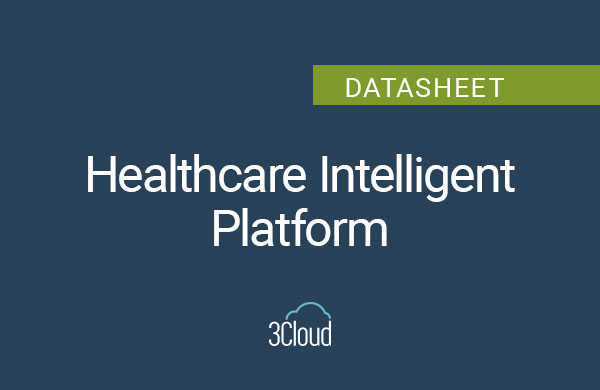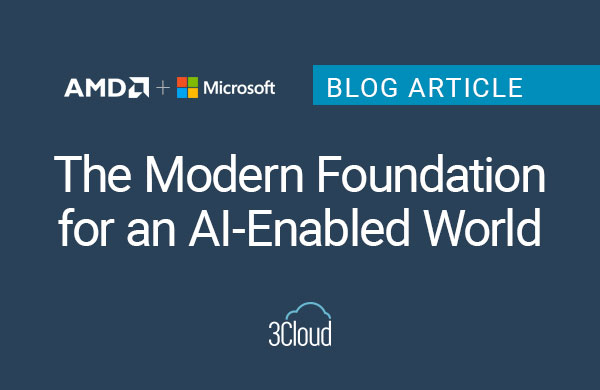Digital transformation and data modernization have become imperatives for organizations today. At the heart of this transformative journey lies workload rationalization. Workload rationalization is the process of evaluating the existing workloads or applications in an organization and deciding the best way to migrate, modernize, or retire them. Workload rationalization can help reduce costs, improve efficiency, and align with business objectives. Some common drivers for workload rationalization are:
- Mergers and acquisitions, which may introduce duplicate or incompatible workloads from different businesses.
- Siloed lines of businesses, which may purchase software independently and create redundancies or inconsistencies.
- Digital transformation, which may require revisiting existing workloads and updating them to leverage cloud capabilities.
Workload rationalization can be done using different approaches, such as the five Rs of rationalization: rehost, refactor, rearchitect, rebuild, and replace. Each approach has its own benefits and challenges, depending on the workload characteristics, cloud compatibility, and business priorities. Workload rationalization is an important step for cloud adoption and migration, as it can help plan and execute the cloud strategy more effectively.
The Five Approaches of Workload Rationalization
Each approach offering a unique strategy for handling workloads during the migration or modernization process:
1. Rehost:
- Involves lifting and shifting existing workloads to the cloud without making significant changes.
- Suitable for organizations seeking a quick migration with minimal modifications to existing applications.
2. Refactor:
- Entails optimizing existing code and configurations for better performance in the cloud.
- Ideal for organizations looking to improve the efficiency of their applications without completely redesigning them.
3. Rearchitect:
- Requires redesigning applications to fully leverage cloud-native capabilities.
- Suited for organizations committed to seeing the full potential of the cloud and embracing a more modern architecture.
4. Rebuild:
- Involves rebuilding applications from scratch using cloud-native services and architectures.
- Recommended for organizations looking for a complete overhaul and optimization of their applications.
5. Replace:
- Entails replacing existing applications with off-the-shelf cloud-based solutions.
- Suitable for organizations seeking to streamline operations by adopting pre-built, cloud-native applications.
Future-Proofing Workloads
The five approaches to workload rationalization serve as a roadmap for organizations to align their workloads with future-state requirements. By carefully selecting the appropriate approach for each workload, organizations can ensure that their digital infrastructure is not only migrated seamlessly to the cloud but is also positioned to thrive.
A well-defined cloud adoption strategy is incomplete without a robust workload rationalization plan. Cloud adoption is not a one-size-fits-all approach; it requires a nuanced understanding of an organization’s unique needs and challenges. Cloud rationalization ensures that each workload is handled with precision, maximizing the benefits of cloud computing while minimizing disruptions to ongoing operations. Prepare for your journey to the cloud with our Cloud Roadmap Solution.
The Role of Data Modernization
Data modernization goes hand in hand with workload rationalization in the context of digital transformation. As organizations migrate to the cloud, they must also modernize their data infrastructure to see the full potential of data-driven insights. Cloud rationalization acts as a guide, helping organizations make informed decisions about the best way to handle and optimize their data in the cloud environment.
Tools and Technologies
The successful implementation of workload rationalization relies heavily on advanced tools and technologies. Cloud management platforms, migration assessment tools, and analytics solutions play a crucial role in evaluating and optimizing workloads. These tools provide organizations with the insights needed to make informed decisions about the most effective approach for each workload.
We helped one of our clients accelerate their journey to the cloud to improve everything from speed, agility and reliability to an enhanced customer experience and increased customer satisfaction.
Overcoming Challenges in Cloud Rationalization
Despite the undeniable benefits, organizations may encounter challenges during the cloud adoption and workload rationalization process. These challenges can include resistance to change, legacy system complexities, and a lack of expertise. Addressing these challenges requires a combination of strong leadership, effective communication, and a commitment to the long-term vision of digital transformation.
Continuous Improvement and Adaptability
Cloud rationalization is not a one-time event but an ongoing process that requires continuous improvement and adaptability. As technology continues to change, businesses must reassess their workloads, update strategies, and embrace emerging innovations. The ability to adapt and evolve is crucial for a successful digital transformation.
Workload rationalization is the compass guiding organizations through the journey of cloud adoption. By understanding the nuances of each approach within cloud rationalization, organizations can not only migrate their workloads effectively but also position themselves for sustained success. As organizations continue to embrace the cloud, the strategic implementation of workload rationalization will be a key driver of their digital transformation journey.
For more information on workload rationalization and cloud adoption strategy, contact our experts today.




